California’s debt crisis is far more offensive than most realize. Governor Newsom’s fiscal strategies have transformed California into a stage for high-stakes drama, where the thrill of spending collides with the reality of an ever-deepening financial pit. As the curtain is lifted on the fiscal spectacle, the question becomes more about the future of California and less about numbers.
Taxation Conundrum
While under Newsom’s leadership, California has reinstated its status of imposing high taxes, as the debt problem gets worse.
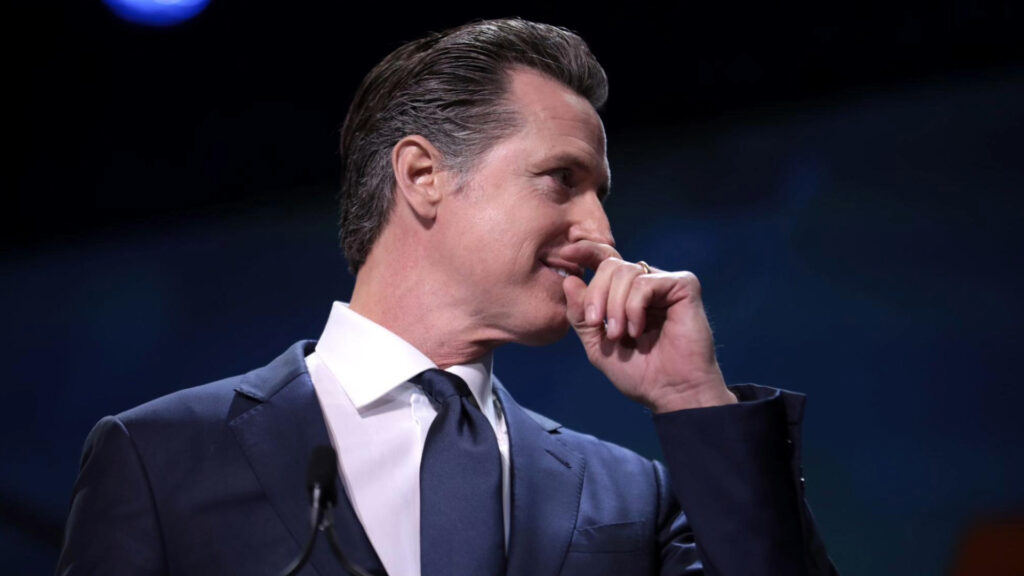
The state’s heavy reliance on taxing the affluent creates a hostile revenue system, overly dependent on stock market performances. Those in opposition make the argument that Newsom’s failure to create diversity in the state’s income sources and reduce spending is making California’s finances more vunerable. This overreliance on a narrow tax base is a bomb just waiting to go off.
Unsustainable Spending
California’s debt crisis worsens as the state proceeds to continue on its spending spree, channeling massive resources on social programs and infrastructure. Governor Newsom’s administration has significantly expanded state-funded initiatives without securing stable revenue streams, pushing the budget to its limits.
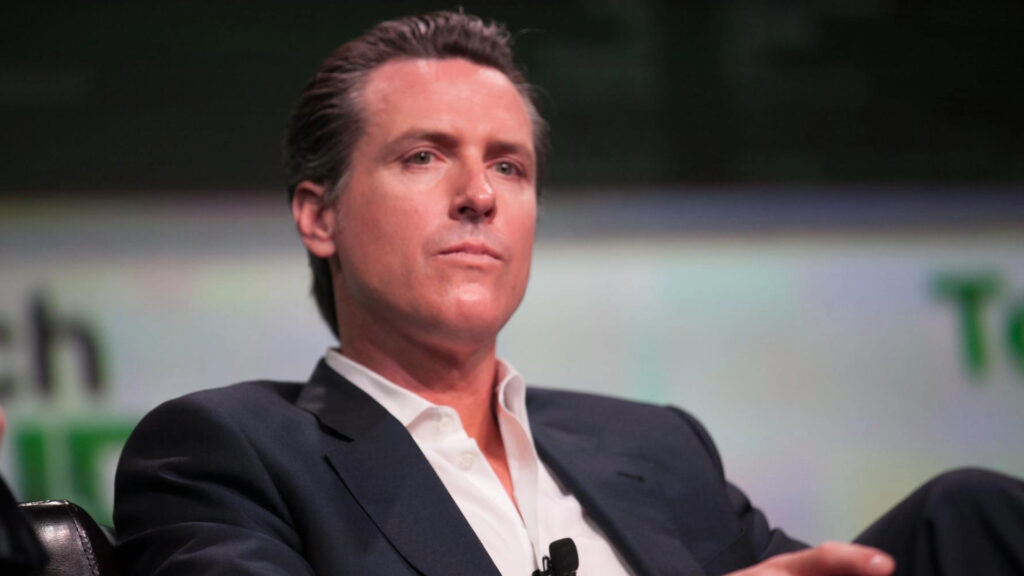
Critics assert that Newsom’s fiscal policies lack foresight, making gains more of a priority than long-term financial stability. This way of doing things leaves California in a very vulnerable situation, creating a storm for economic downturns and debt burdens.
Pension Woes
California’s public pension system is a disaster waiting to happen, and is only getting worse under Newsom’s reign. Despite warnings, the state pushes on and promises large retirement benefits without being able to fund them adequately.

Critics allege that Newsom is neglecting the pension reform in an effort to avoid upsetting the powerful public employee unions. This lack of action jeopardizes the allocation of funds for essential public services as more money is diverted to cover pension costs.
Educational Spending
Under Newsom California’s education spending has skyrocketed, yet somehow schools are still struggling to be successful. The state pours significant resources into public education, but critics point to inefficiencies and a lack of accountability for outcomes.
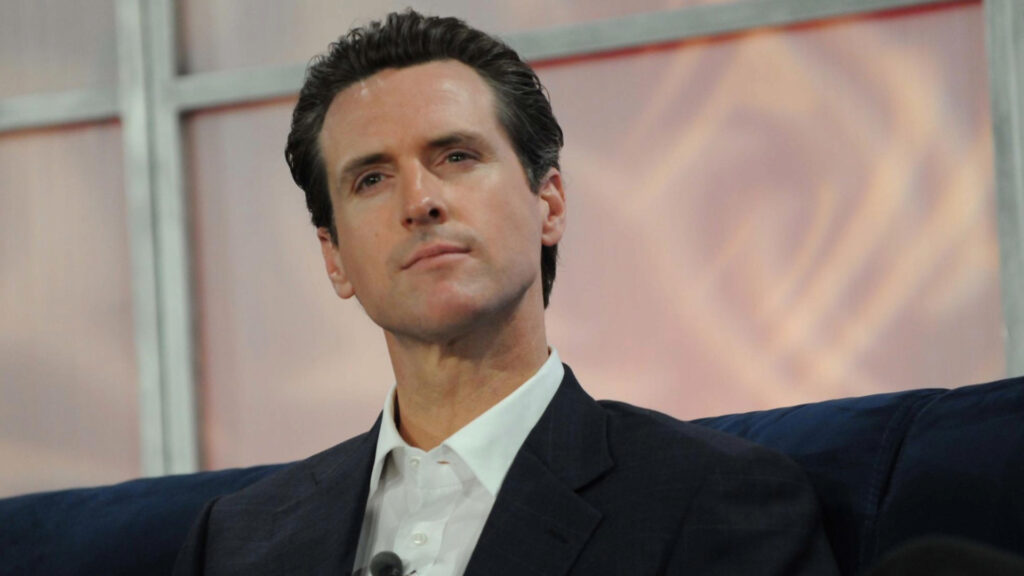
They argue that Newsom’s policies aim to just throw money at the problems without requiring improvements, thus leading to an overinflated education budget that contributes to the state’s fiscal problems. This approach neglects the need for systemic reforms in favor of costly band-aids.
Infrastructure Bankruptcy
Newsom’s ambitious infrastructure endeavors, ranging from high-speed rail to renewable energy initiatives, have seen over inflated costs without a clear plan for funding.
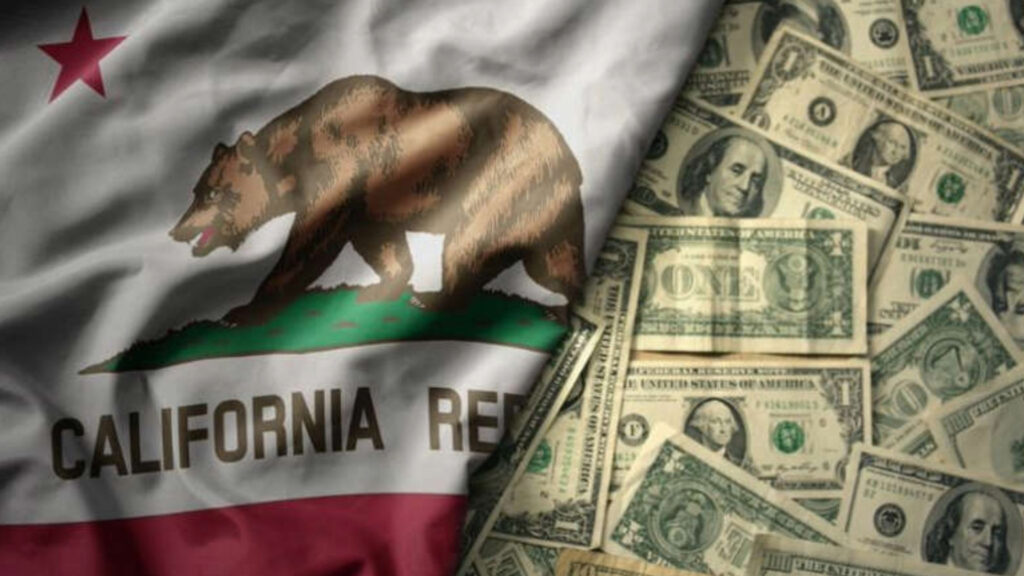
The administration’s habit of underestimating costs and overpromising benefits has led to skepticism about project viability and financial prudence. This has reinforced the perception that California’s leadership prioritizes legacy- building over fiscal responsibility.
Healthcare Challenges
Newsom’s healthcare initiatives strive to expand coverage but come with an earth shattering cost, which just adds to the state’s already problematic debt situation. Critics make the claim that while the idea of universal healthcare is commendable, the state’s avenue to get there is unsustainable.
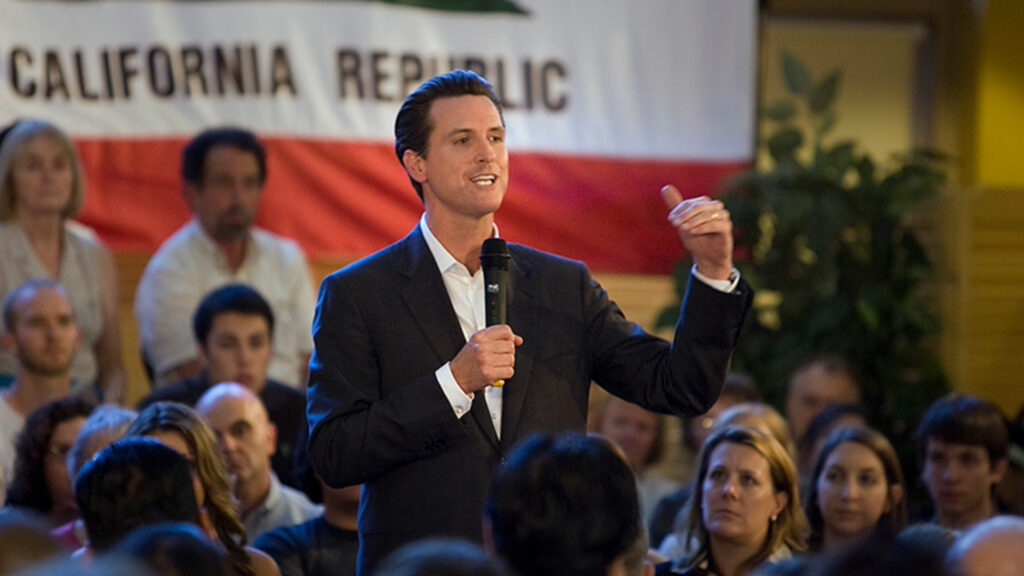
This has prompted accusations that Newsom is more concerned with grandstanding over being a good governor. Pushing programs that the state cannot afford will only result in further financial strain.
Mismanaging The Housing Crisis
The California housing crisis has only gotten worse, with Newsom’s policies falling short of addressing the root causes of affordability and supply issues. Critics argue that excessive regulation and lack of clear action have stifled housing development, contributing to soaring prices and homelessness.

Newsom’s initiatives are perceived as superficial solutions that blatantly ignore the fundamentals of economics that are causing the crisis. This has not only worsened the living conditions for many Californians but also increased the state’s financial liabilities.
Energy Policy Cost
California’s aggressive pursuit for renewable energy under Newsom has faced scrutiny for its high costs and questionable sustainability Although making a transition to green energy is a noble idea, the state’s way of accomplishing it is seen as overly ambitious and financially reckless.
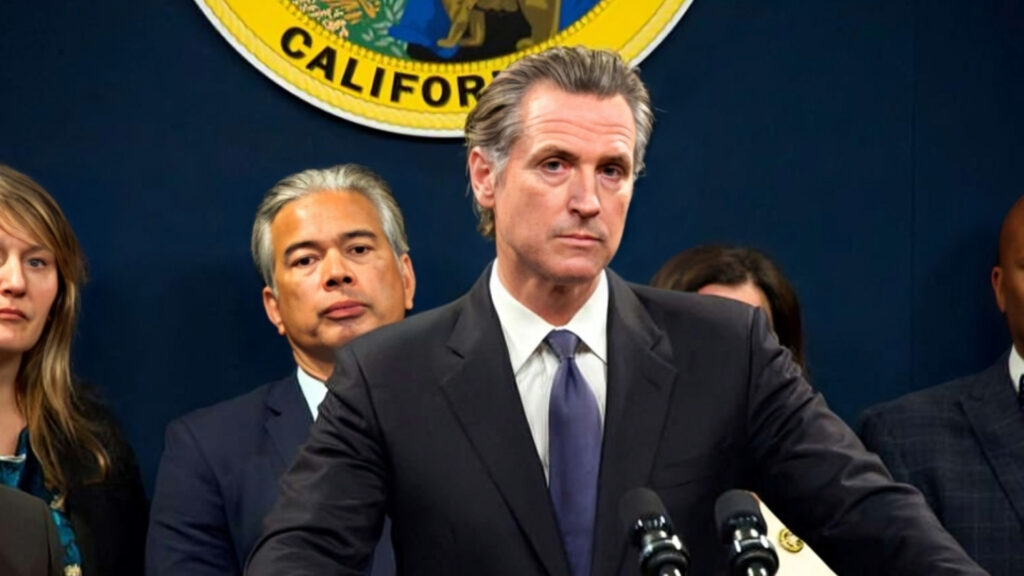
Critics make the argument that Newsom’s policies are lacking a balanced approach to economic impacts, placing a huge burden on taxpayers. This has ignited debates about the viability of California’s energy future and its fiscal consequences.
Business Migration
Under Newsom, California has seen an unsettling trend of businesses choosing to relocate due to high taxes and regulatory burdens. This migration erodes the tax base, lessening revenue and making the state’s debt situation even worse.
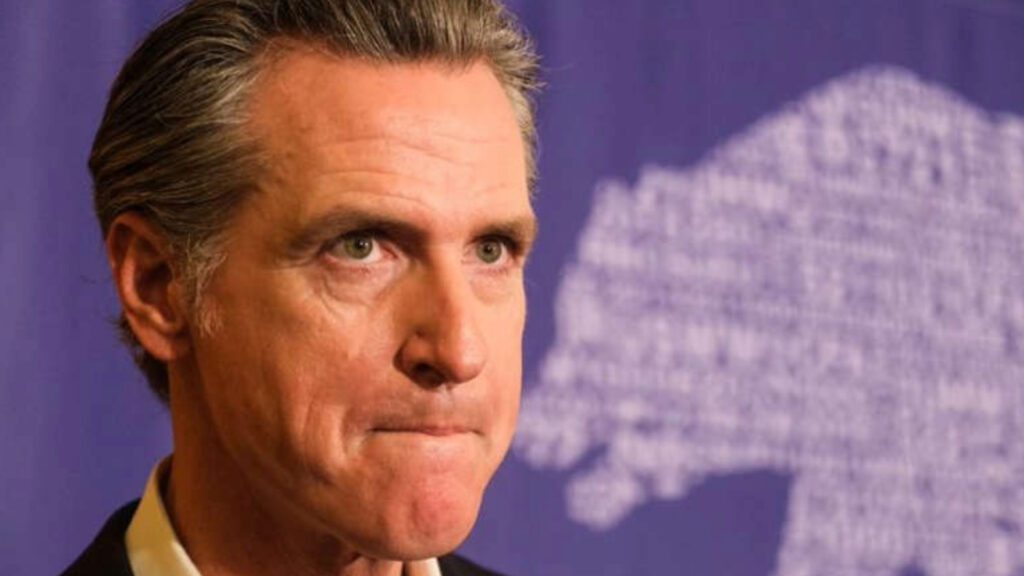
Critics contend that Newsom’s administration has been volatile to business interests, making regulatory rigor more important than economic well being. The loss of businesses and jobs undermines California’s economic foundation, contributing to its fiscal challenges.
Water Challenges
The way Newsom has handled the water crisis has been the focal point of a lot of criticism, with claims being made that the solutions are controversial and expensive. Despite the state’s chronic water shortages, efforts made under Newsom’s leadership have gone towards expensive infrastructure projects with an unclear vision of their benefits.
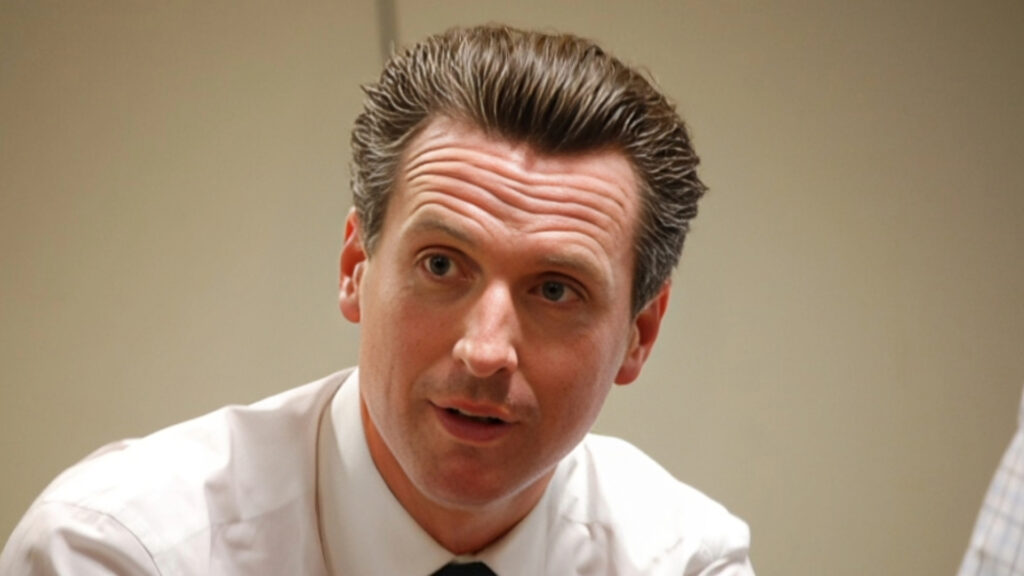
Critics contend that failure to find more cost effective and long-lasting water management strategies only make the state’s financial situation worse.
Dependency On Tech
California’s economy is heavily dependent on the tech industry, which continues to face volatility which Governor Newsom’s policies have failed to remedy.

Critics argue that this excessive reliance on the single sector, combined with high costs for operations, is setting the state up for bigger financial risk.
Criminal Justice Dilemma
The Newsom administration’s criminal justice reforms, although meant with well-intentions, have faced criticism for the financial and social costs associated with them. Critics assert that some of these reforms have caused unintended consequences that have required more resources from the state.
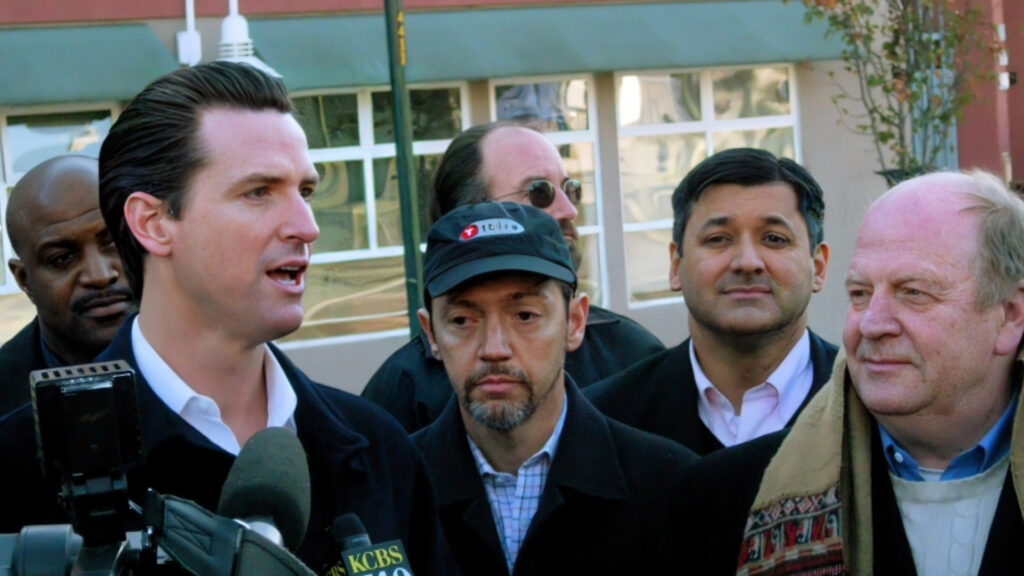
Only placing more financial burdens on the state, creating a funnel of funds that are being allocated away from other critical areas.
Emergency Response Debts
Under Newsom’s leadership, the state’s handling of natural disasters has resulted in escalating expenses, with critics arguing that there is insufficient focus on preventative measures.

California’s budget that is allocated for fighting wildfires and handling other natural disasters has gone up significantly, yet efforts for sustainable investments and prevention have not been maintained.
Deterioration Of Taxpayer Trust
The way Governor Newsom has handled finances has caused California taxpayers to lose trust. His administration has frequently overestimated the budget leading to escalating state debt, which only fuels skepticism among the people.
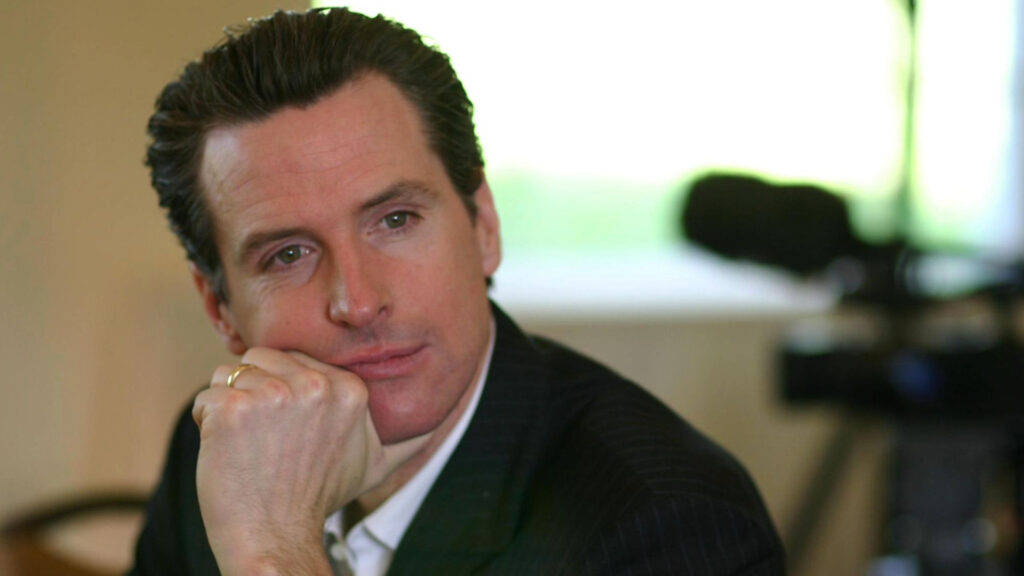
Critics contend that this loss in taxpayer confidence undermines the willingness of Californians to support necessary investments and tax initiatives, only adding more complications to the state’s financial recovery efforts.
Public Transportation Issues
Under Newsom’s tenure, California’s public transit projects have been tarnished by cost overruns and delays. Those in opposition emphasize the San Francisco Bay Area’s high-speed rail project as a perfect example of mismanaging finances.
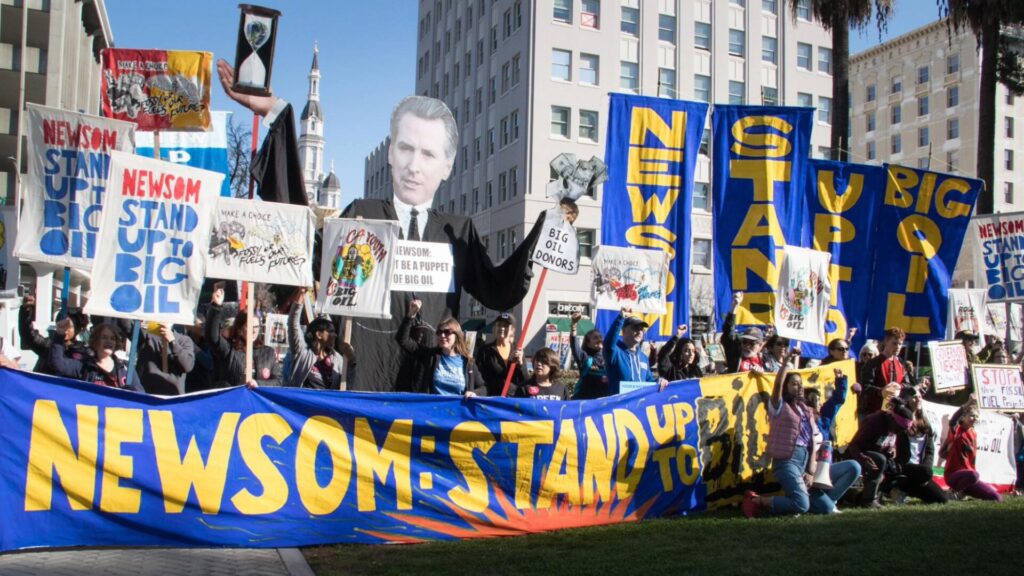
The state’s dedication to these expensive initiatives, despite uncertain outcomes, reflects a broader criticism of Newsom’s approach to public infrastructure.
Burdens Of Past Commitments And Missed Opportunities
Finally, critics contend that Newsom’s emphasis on legacy projects and immediate political wins comes at the sacrifice of addressing California’s long-term financial well-being. The state’s mounting debt is not just a number; it symbolizes postponed maintenance, underfunded service, and missed opportunities for long-term growth.
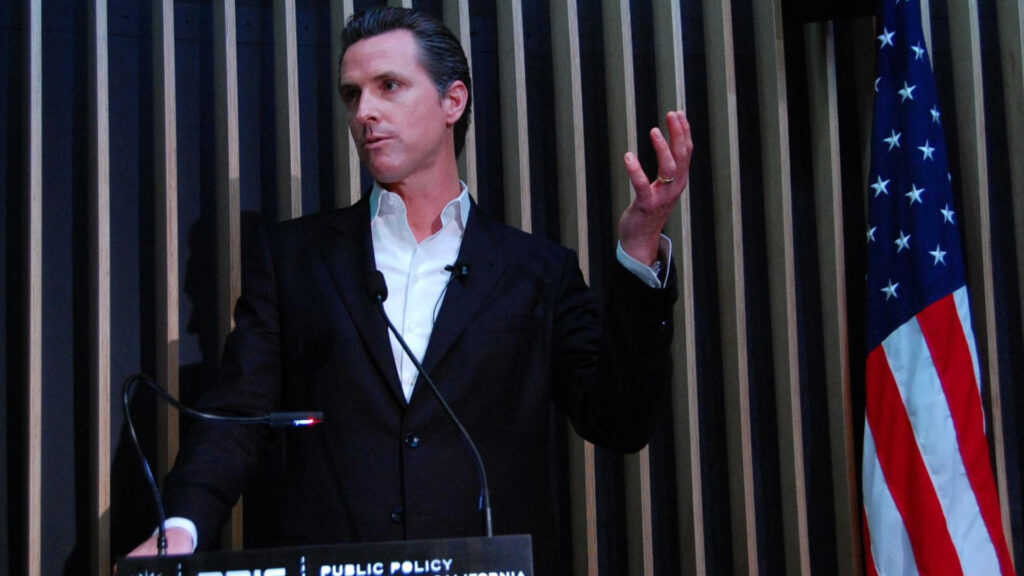
The administration’s preference for high-profile projects over financial prudence is seen as mismanagement of resources, leaving future generations to incur the costs. This approach to governance is criticized for sacrificing California’s future stability.





GIPHY App Key not set. Please check settings